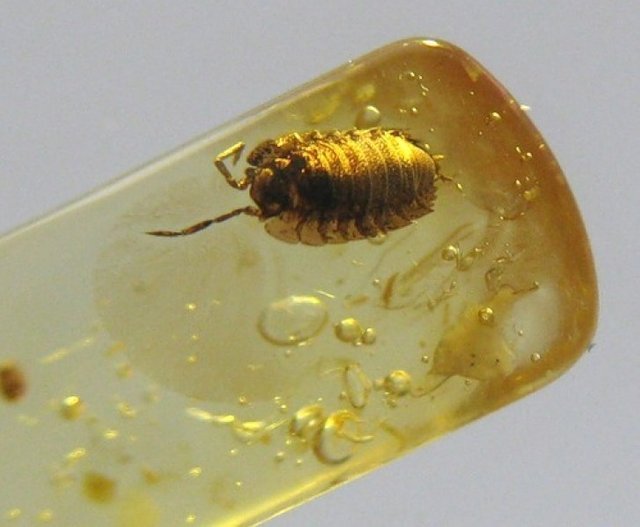
Scorpions, dragonflies, grasshoppers, large and small beetles, ants, earthworms, caterpillars, centipedes, mosquitoes, flies and many others are buried in amber .
There are even cobwebs with spiders and caught flies, different mites that are parasitic on insects. Less common lizards, rodents, wool of various animals, birds (often feathers). Amber is a semi-precious stone of vegetable origin. In other words, amber is a fossilized resin.
A resin is a substance secreted to protect the damage, a kind of "wounds" of the tree and, accordingly, has astringent, sticky properties. Amber was formed in the late Mesozoic – early Cenozoic eras. At that time there was a transition from dinosaurs to mammals.
Amber has many poetic names — "tears of the sea", "gift of the sun", etc. Crystal structure, color streaks, voids, various deformities and even air bubbles – all makes amber stones such amazing and rare.
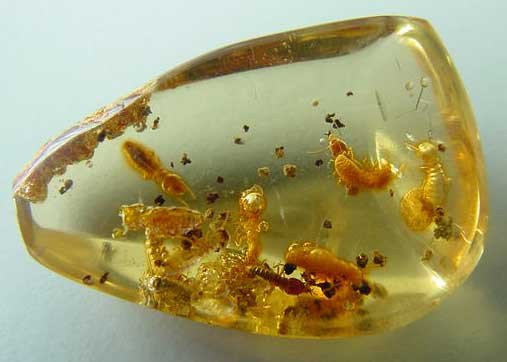
The resin sinters not always turn into amber. Most often, they fall to the ground and gradually decompose. Resin dries, oxidizes in a few thousand years from it remains nothing.
In amber, she will become only the case if harden gets into the water, preferably a lake or sea, where it will be reliably protected from erosion. We all know that amber may be stored in fossilized insects, plants and animals (inclusive) which existed many millions of years ago.
This tiny Windows through which you can glimpse into the past can show us amazing things. The insects had been preserved, from wings and whiskers to the smallest hairs and lint, even the color is not changed.
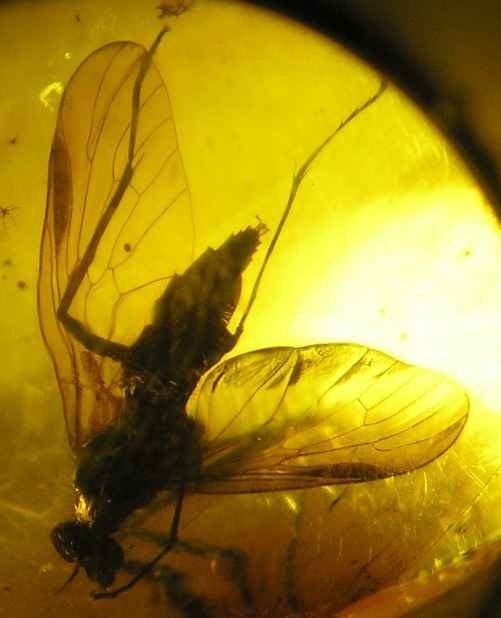
Amber with inclusion insect or a plant prized since ancient times. In the beginning of our era for the amber that contained a fly, Phoenician merchants were paid 120 swords and 60 daggers. Very popular picking of those things used in the high society of France and Russia in the early 19th century. For example, in France and Russia, "the fly" gave a lot of money. And even now collectors for some samples ready to pay up to several thousand dollars.
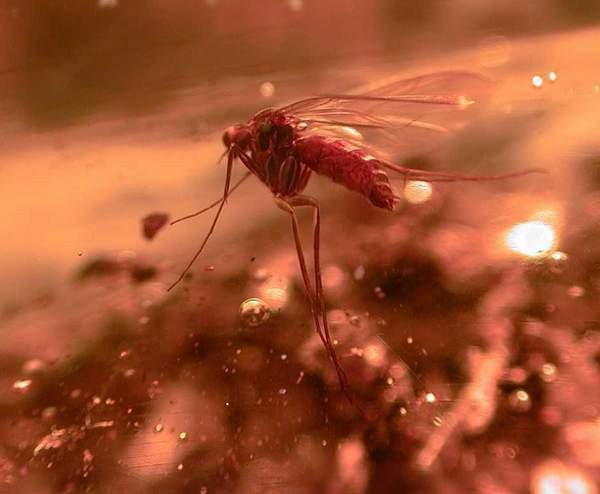
It is known that amber removed the air bubbles and drops of dew, were their analysis. So it was concluded that during the Paleogene atmosphere had a different ratio of gases such as oxygen was two times more.
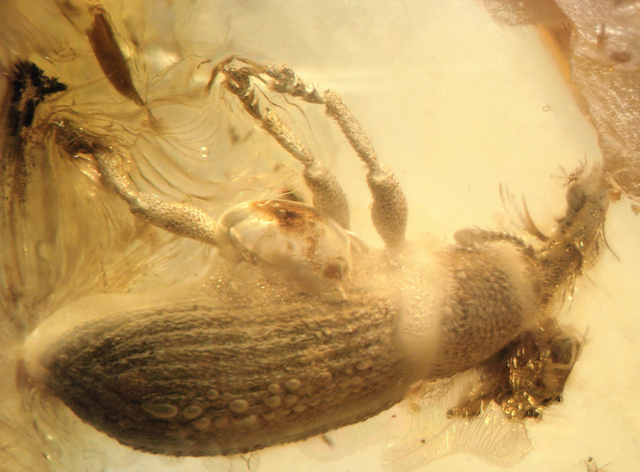

However, Golden pieces of amber are preserved to the smallest detail the features of the external structure of insects. For prisoners in semi-precious stone remains of many species of insects, under the microscope we see arthropods as they were in ancient times.
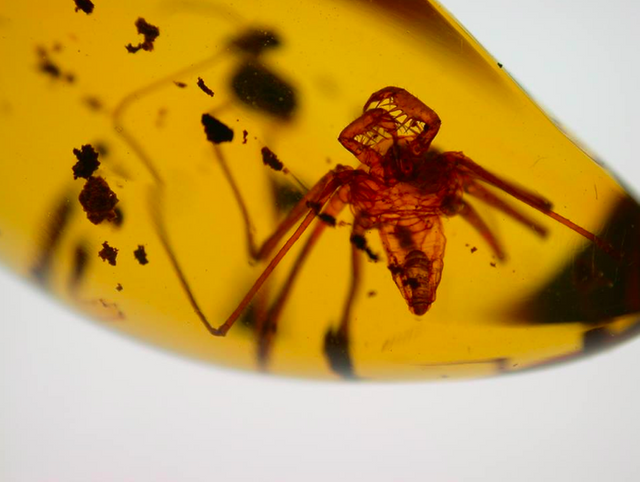
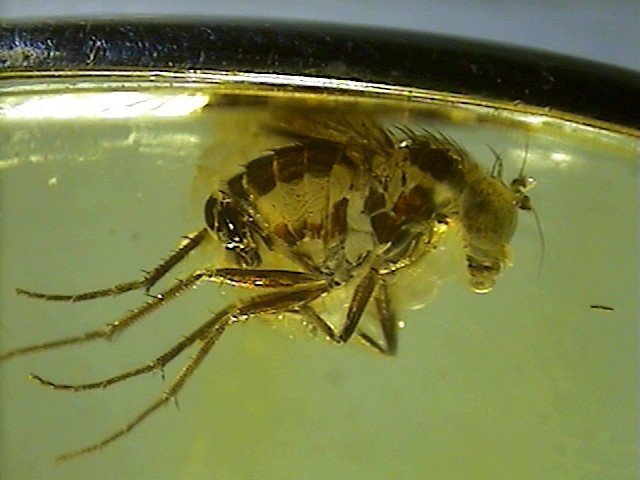
MOSQUITOES. The most common "inhabitants" of the amber sarcophagus - it's the mosquitoes: they were attracted to the smell of the resin, and forces to get out, not enough. Approximately ten percent of the trapped in the resin of creatures - spiders, and quite often they come in amber, along with a spider's web, preserved to this day their three-dimensional structure - evidence that in prehistoric times the resin had a reduced viscosity. Larger insects - beetles and earwigs - found in amber are much rarer and usually with its wings wide open. They had enough strength to be released from the tar prison, but if they got into it with open wings, the surface of contact with adhesive resin were too large.
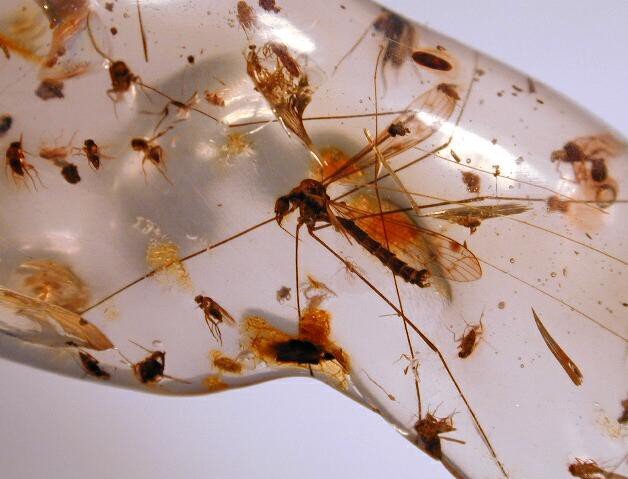

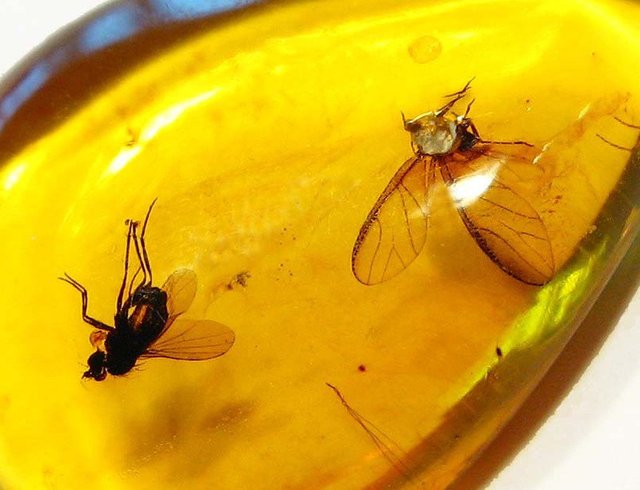
MOTHS AND BUTTERFLIES
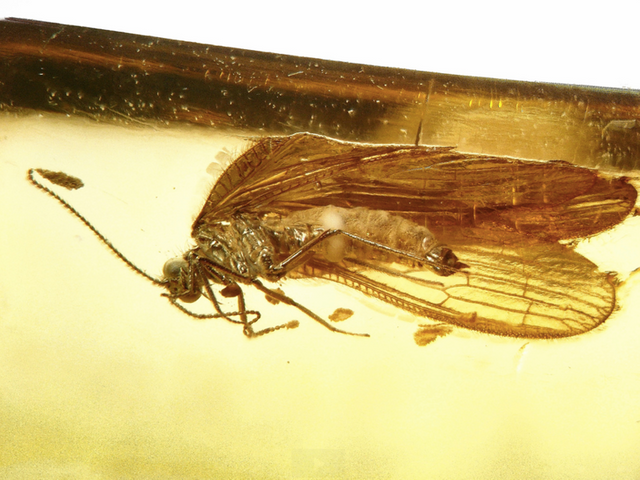
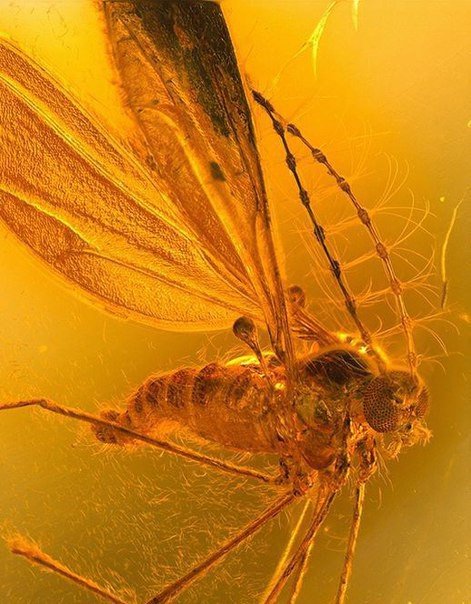
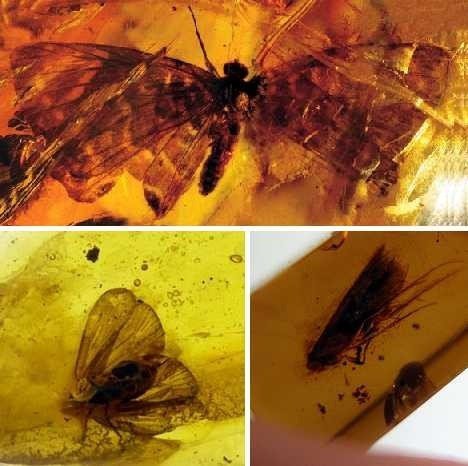
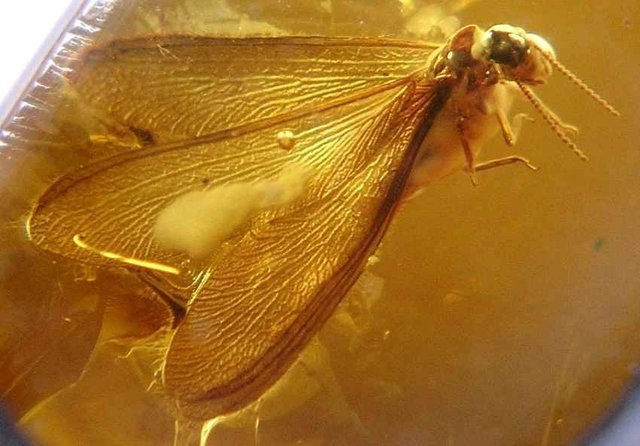
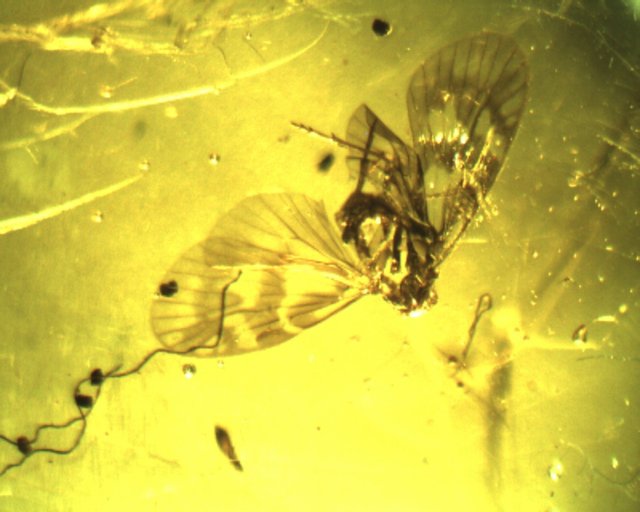
SNAILS.
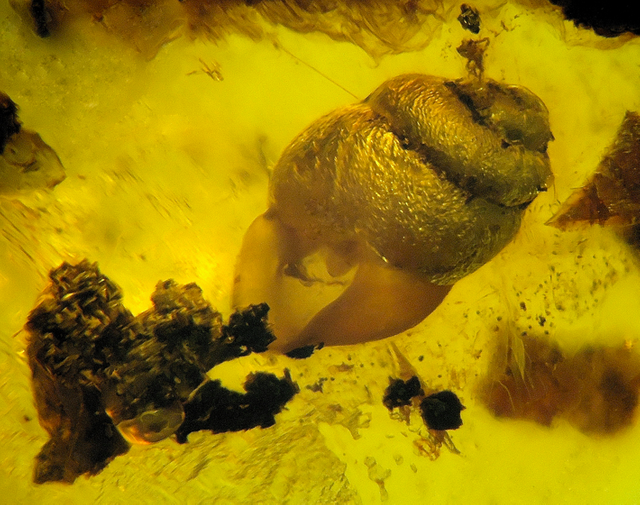
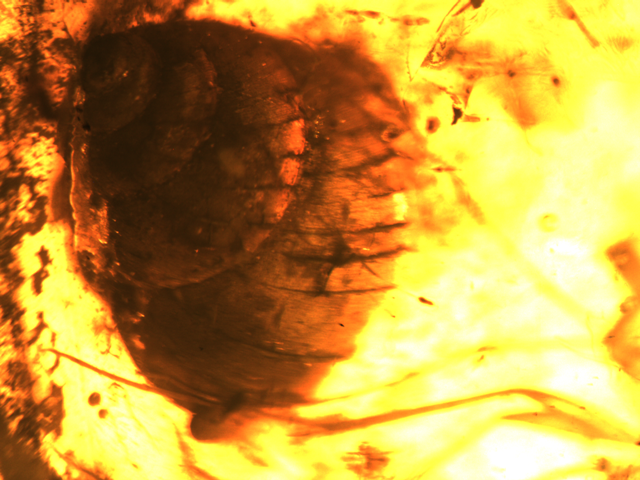
SPIDERS.
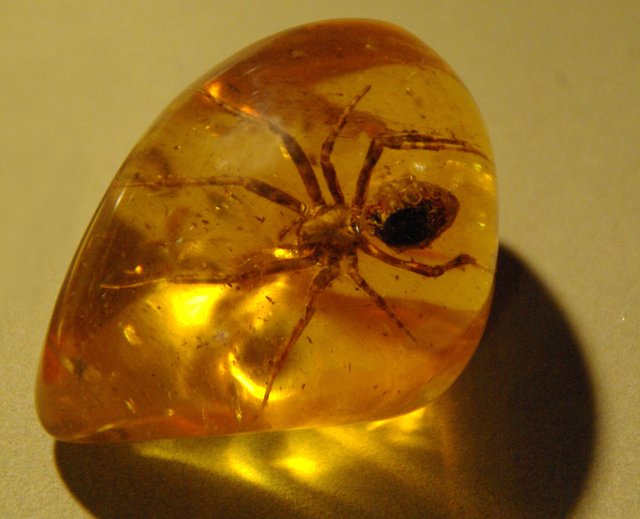
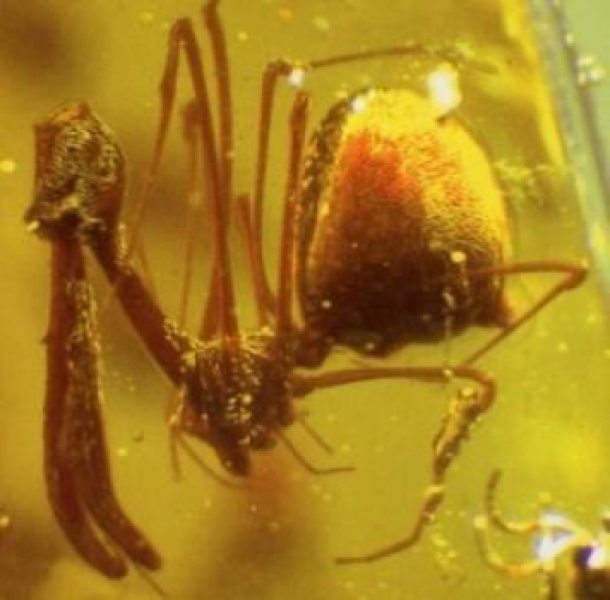
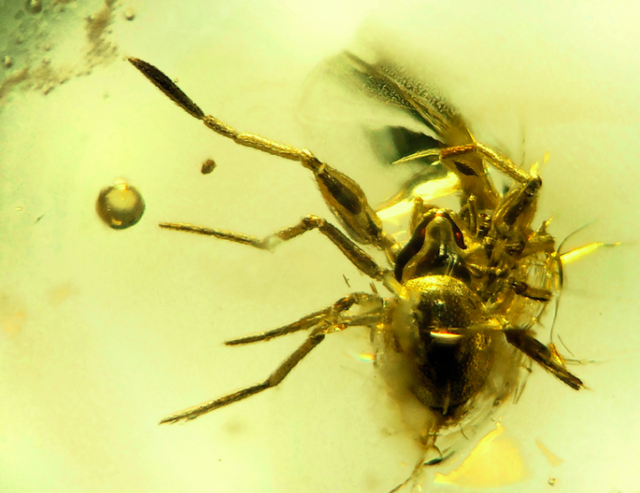
Any insect in a natural way caught in such a trap will try to break free. That is why the “excellent” and well-preserved specimens of insects in amber – it is likely a fake. Interest in animal inclusions in amber have spawned an entire industry of counterfeits, made so skillfully that they can hardly be distinguished from natural.
One means to distinguish the counterfeit from the real inclusions is the irradiation of both ultraviolet rays. Under neutron irradiation of natural amber lights with different colors, and simulate not have this property.
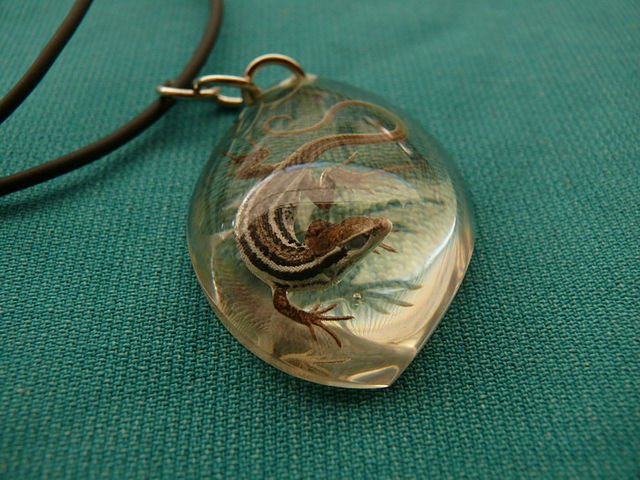
какой ужас - закройте все и не смотрите
Downvoting a post can decrease pending rewards and make it less visible. Common reasons:
Submit